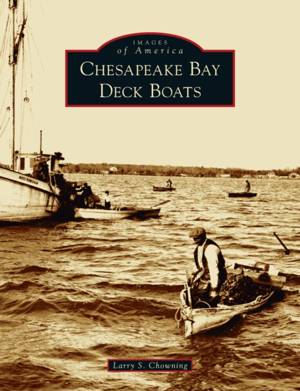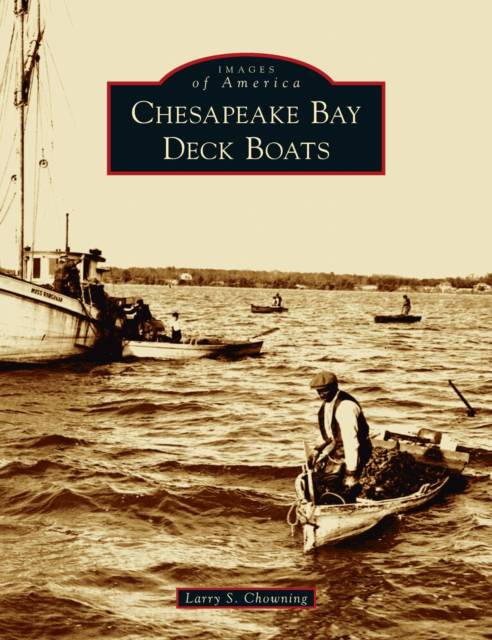
- Afhalen na 1 uur in een winkel met voorraad
- Gratis thuislevering in België vanaf € 30
- Ruim aanbod met 7 miljoen producten
- Afhalen na 1 uur in een winkel met voorraad
- Gratis thuislevering in België vanaf € 30
- Ruim aanbod met 7 miljoen producten
Zoeken
€ 36,45
+ 72 punten
Omschrijving
During the 1880s, Chesapeake Bay boatbuilders began constructing small wooden open boats, referred to as deadrise boats, out of planks with V-shaped bows. As boatbuilders created larger deadrise boats, decks were installed to provide more work and payload space; these deck boats also had a house/pilothouse near the stern and a mast closer to the bow of the boat. Deck boats were powered by gasoline engines but also utilized sails and wind. From the 1910s to the 1940s, auxiliary steadying sails were raised to help steady the boat when encountering adverse seas. More deck boats were built in the 1920s than in any other decade. Over the history of the boats, several thousand worked the bay in the freight business, were used to buy and plant oysters, worked in the bay's pound net fishery, and dredged for crabs and oysters. Approximately 40 boats are left on the bay. A few still work the water. Some have found new life as recreational yachts, and others are education boats owned by museums and nonprofits. In 2004, boat owners formed the Chesapeake Bay Buyboat Association, which holds an annual rendezvous at different ports as a way to educate the public about this unique aspect of Chesapeake Bay maritime history.
Specificaties
Betrokkenen
- Auteur(s):
- Uitgeverij:
Inhoud
- Aantal bladzijden:
- 130
- Taal:
- Engels
- Reeks:
Eigenschappen
- Productcode (EAN):
- 9781540246776
- Verschijningsdatum:
- 12/04/2021
- Uitvoering:
- Hardcover
- Formaat:
- Genaaid
- Afmetingen:
- 190 mm x 235 mm
- Gewicht:
- 444 g

Alleen bij Standaard Boekhandel
+ 72 punten op je klantenkaart van Standaard Boekhandel
Beoordelingen
We publiceren alleen reviews die voldoen aan de voorwaarden voor reviews. Bekijk onze voorwaarden voor reviews.











